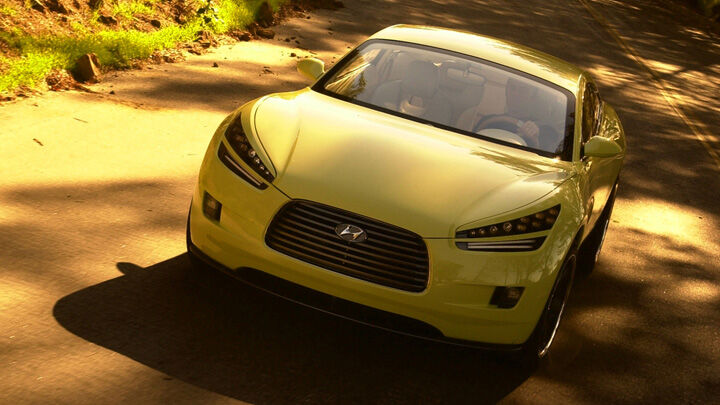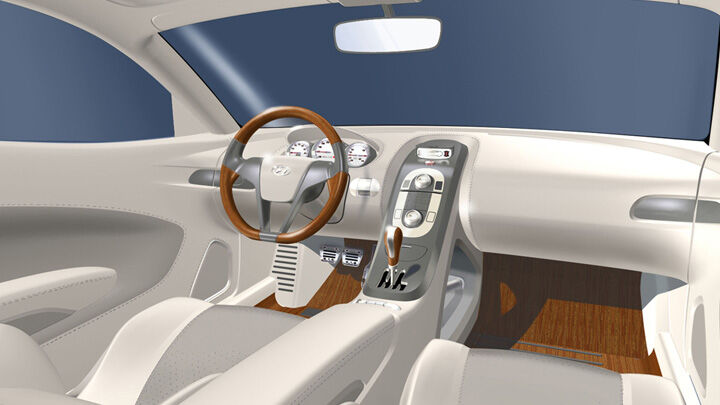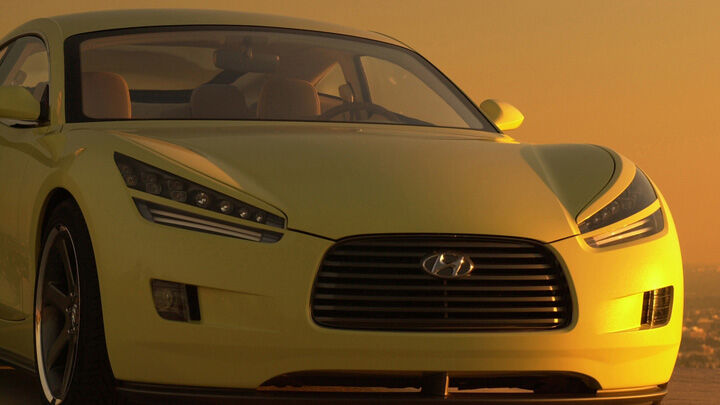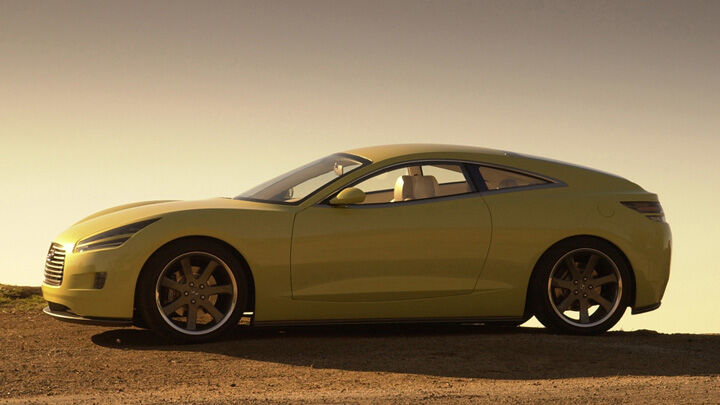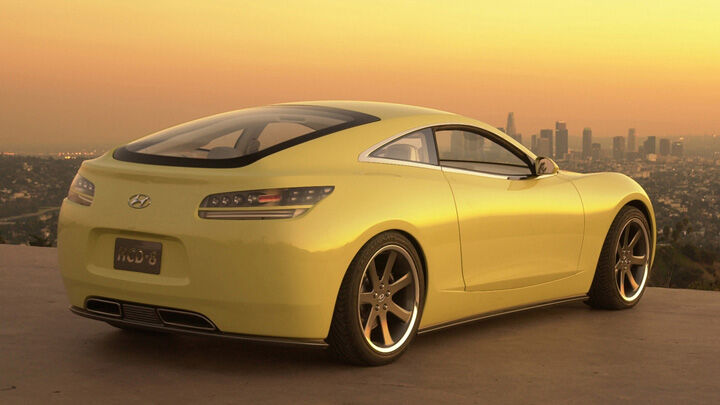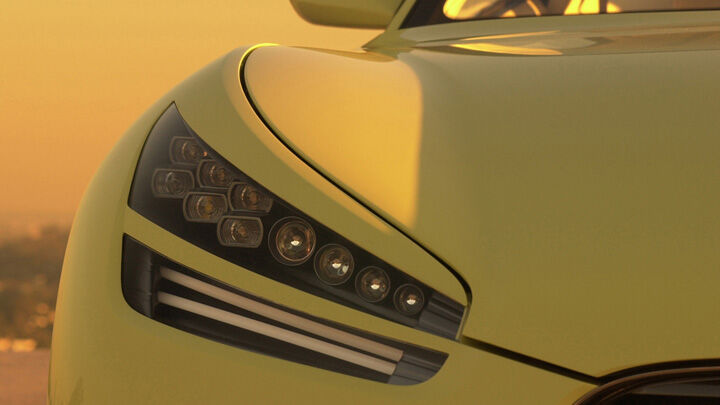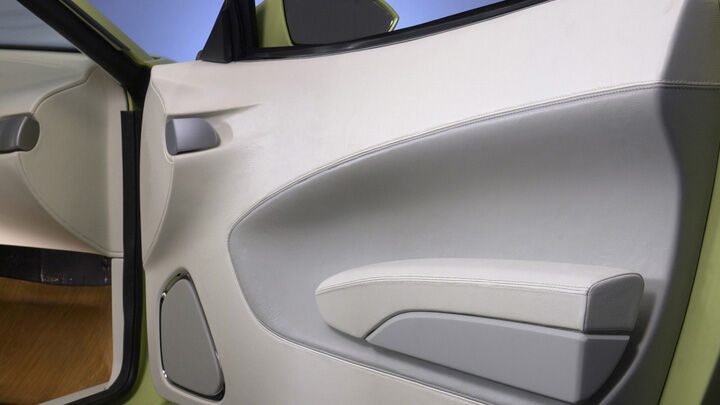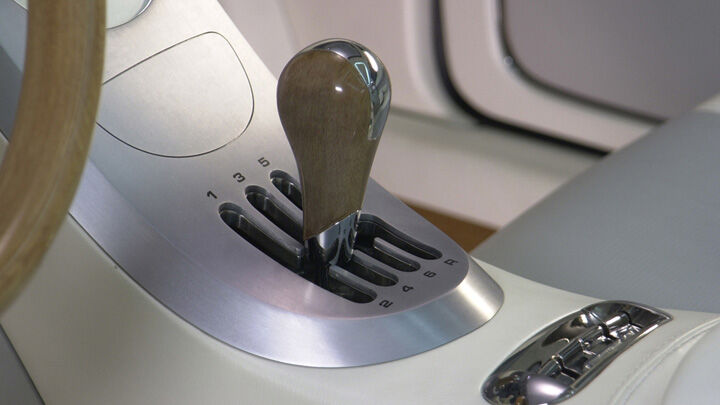Naturally using the exceptionally handsome Coupe as a basis has helped ensure that the CCS is attractive. The most noticeable styling changes are those from the doors back. The slightly higher overall level of the boot lid/rear decking enables it to absorb the folded roof while still offering the largest boot volume in the sector. The consequent modifications to the rear wings and the lights have been achieved with a minimum of disruption to the overall lines of the car, the result has a harmonious and complete look to it. However, certain other styling modifications have been included in the study. Not only are the rear light clusters new, the transparent front clusters add a higher level of visual refinement. New 18 inch wheels with 225/40 x 18 Michelin tires give a lighter and more sportive outlook. A new color, Warm Silver, was developed for the paintwork - while the paint itself is highlighted by the shimmer of glass micro-elements The Hyundai CCS is a car styled to appeal to the emotions. A car that looks just as good in the car park as on the autobahn, a car which expresses a distinct personality and personal assertiveness without being aggressive in any way.
Interior
The whole concept of the CCS Convertible is designed to give a feeling of airy space. Of freedom and excitement combined with personal control over precisely how much open air or weather the occupants want. This is nowhere more visible than in the interior. Both the steering wheel and dashboard are covered in brown leather, adding an extra degree of sophistication to an already well appointed and sportive "office".
The metallic elements, including the ventilation and a/c outlets, speaker surrounds, bezels etc., have been specially treated with a warm glow process that blends them discretely into this ambience, again adding an extra element of refinement. Naturally a premium car deserves the best sound system. Here the 280 W combination of Becker hardware and Infinity speakers is very hard to beat. The brown leather trimmed seats are the highly acclaimed and supportive sports style items from the Coupe, developed in association with Recaro. Standard features include eight-way adjustable front seats with memory system. As a further concession to comfort, woven and ventilated leather has been used for the central inserts in the squabs and seat backs. The rear seats have been slightly modified to accommodate the new roof system, but the rear passenger space remains an object lesson in good interior planning and packaging. In terms of luggage capacity the study boasts and impressive 443 liters boot space with the roof closed, and 244 liters with it folded. Enough for most romantic holidays, the occasional family picnic, or the type of business use that does not require a mobile workshop or showroom. Further storage is available inside the car in the form of map pockets etc. In fact, taken overall, the impression is of a sportive personal car, ready to cruise the length of the Corniche or undertake the local school run with equal panache and distinction. A car that offers the demanding and discerning motorist the practica aspects of high-tech fresh air motoring, while tempering it with a wonderfully traditional ambience and adding a whole new dimension of practicality.
